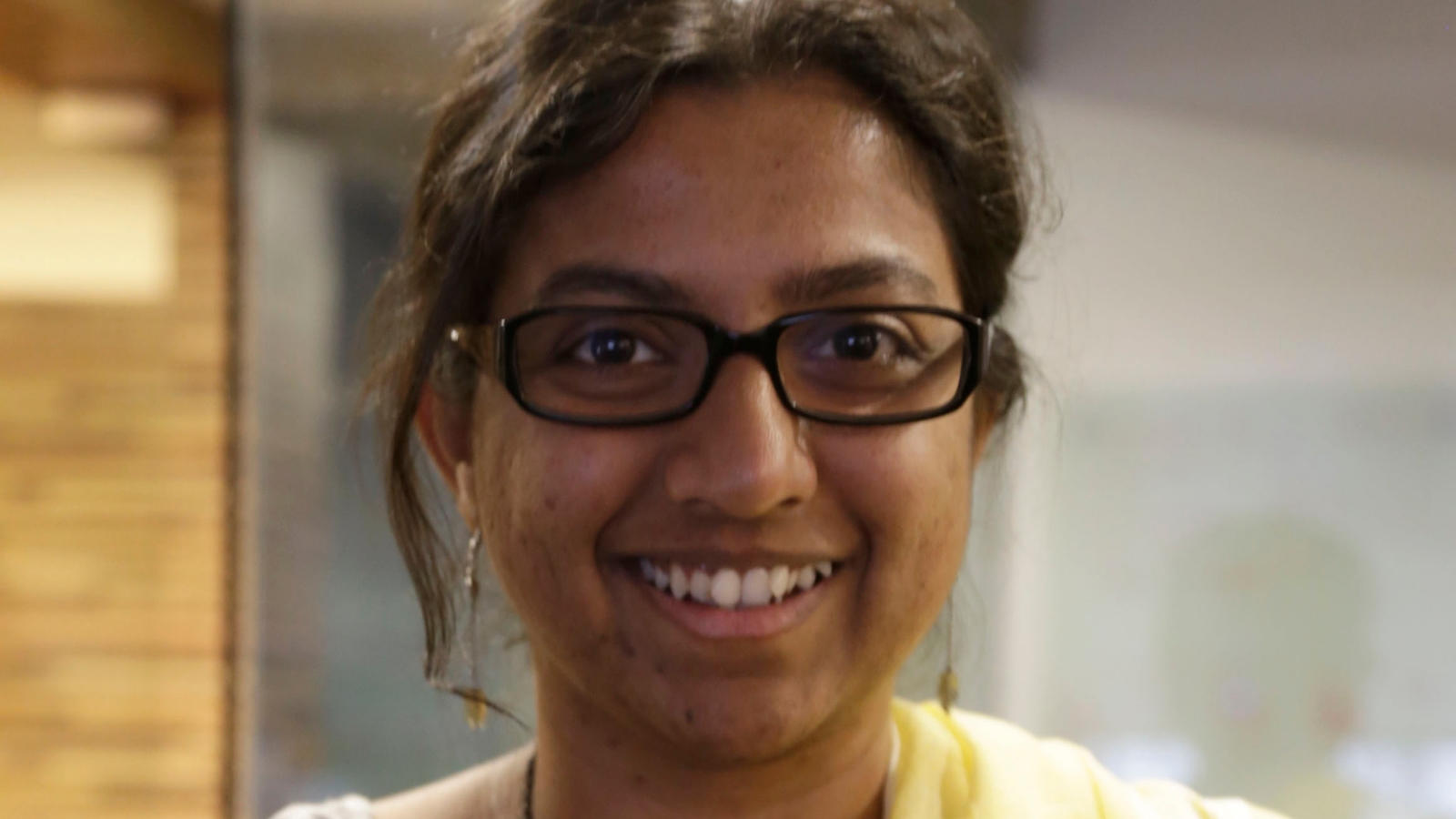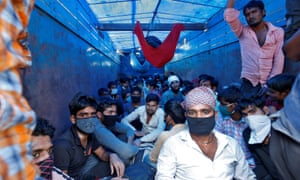

The world’s second-most crowded city is trying to stay home, but it wasn’t built for social distancing. Ever since it became an entrepôt of the British empire, Mumbai has been optimised to keep things moving – both labour and capital. Over the last fortnight, its citizens have been retreating from public premises. A majority are now confined to one- or two-room tenement housing, often with dividing walls made of tin and tarpaulin. These stand cheek-by-jowl with shops, restaurants and crowded medical clinics. Isolation is for people who live in homes with attached toilets.
The numbers aren’t yet staggering. Unlike New York City, which currently accounts for nearly 10% of the world’s known Covid-19 cases, Mumbai counts 74 as of this writing. Unlike London, authorities here initiated shutdowns before India’s government passed orders for a national lockdown.
The novel coronavirus was first detected here, as elsewhere, among wealthy international travellers, but last week it made its first appearance in Mumbai’s informal settlements, where unchecked spread would be devastating. Under these circumstances, the extreme measure of quarantining 1.3 billion people may have looked like a sensible decision to stave off tragedy. Yet on the first morning after lockdown, it was immediately clear that another tragedy was already under way.
Television news programmes showed long lines of migrant labourers leaving big cities, starting the long walk, on empty stomachs and in blistering heat, to their homes in rural India. With industry and construction at a standstill, daily wagers found themselves out of jobs, instantly unable to afford food or shelter. Without buses and trains, they were out of transport. From Mumbai, 300 workers were found stowing away in stifling container trucks. From Delhi, weary migrants trickling back into the neighbouring province of Uttar Pradesh on foot recalled scenes of famine in British India.
How have we been plunged, unprepared, into wartime? Independent India’s welfare state evolved precisely in response to its depredations under empire: its core job has always been to feed the hungry. We have a powerful central government led by the country’s most popular politician, Narendra Modi. Since February, opposition politicians have been warning of the approaching risks. The southern state of Kerala, the first to start widespread testing and quarantine measures, has prevented uncontrolled outbreak within its borders for several weeks.
So, at least in principle, this country should not have gone from bracing for an epidemic to expecting twin catastrophes of contagion and starvation. But we have. As every country in the world faces up to the mistakes it has made in confronting this disease, it’s hard not to feel that India is emblematic of how unprepared the world was for Covid-19. What else was going to happen in a country that has more billionaires than anywhere save China and the US, but still has the world’s highest incidence of tuberculosis?
Indian epidemiologists already knew that total lockdown wouldn’t work in India the way it does in Europe: the infrastructure to ensure basic necessities at every doorstep doesn’t exist, which is why many essential services, from grocery delivery to agricultural work, are exempt from curfews.
The infectious diseases expert Dr Jayaprakash Muliyil advised us to devise various forms of community participation in controlling the disease instead: discouraging large gatherings and preparing to practice social distancing for months at a time. India’s only option was to “mitigate”, he told the digital publication Scroll – not “militate”.
This was oblique, but prescient. Indians are now spectators as police are filmed committing brutality on the streets, beating, humiliating, even allegedly murdering people who step out to hunt for essentials. There is a resonant continuity with scenes from India’s winter of political dissent, during which Modi’s government excused or enabled nauseating police violence to suppress street protests.
This footage is available, for now, because the government has designated media work an “essential service” that must function through the emergency. Meanwhile, misinformation and propaganda bolt through televisions and WhatsApp, spreading superstition, medical hoaxes and racist rumours about minorities, none of which Modi has addressed, in spite of three long prime-time discourses on Covid-19 delivered to the nation.
Last week, even before the grievous spectacle of internal displacement began, Modi told Indians that we face a challenge greater than that of the world wars. It was a significant claim to make to a country that sent millions of soldiers to those battlefields, and suffered the effects deeply. But it also suggested that the prime minister knows the situation is far worse than his government is letting on: the epidemiologist Dr Ramanan Laxminarayan pointed out in an interview that if Modi believed India’s modest official numbers and projections, he would not have used such a grave analogy.
What lies in store for India? Dr Laxminarayan, the director of the Centre For Disease Dynamics, Economics and Policy, warns that without mitigation, at least a million Indians could be critically ill in a matter of weeks: four or five times fewer than in a scenario without lockdown, but still overwhelming for a country with inadequate public healthcare. “Test, test, test,” says the World Health Organization. But our nation of 1.3 billion is still only testing 18 people per million: some say because of red tape, others that India is hiding the extent of the problem.
In Mumbai, where people otherwise take a certain big-city pride in toughing it out through crises, the Covid-19 lockdown has taken away our most visible source of support: each other. Many can afford to Instagram quarantine cooking and lie around reading The Decameron, like our peers in the global elite. But these numbers are a fraction of the population that has lost the certainty of its next meal, the prospect of its next job and, for perhaps the first time in a generation, the optimism that tomorrow will be better. Despair cannot be the only side-effect of a pandemic. But at this moment, only the fear of death, and the impending grief we share with the rest of the world, links us all.
• Supriya Nair is a writer and a columnist for the Mumbai Mirror
• This article was amended on 29 March 2020. An earlier version incorrectly said Dr Ramanan Laxminarayan was head of the Public Health Foundation of India.




0 comments: